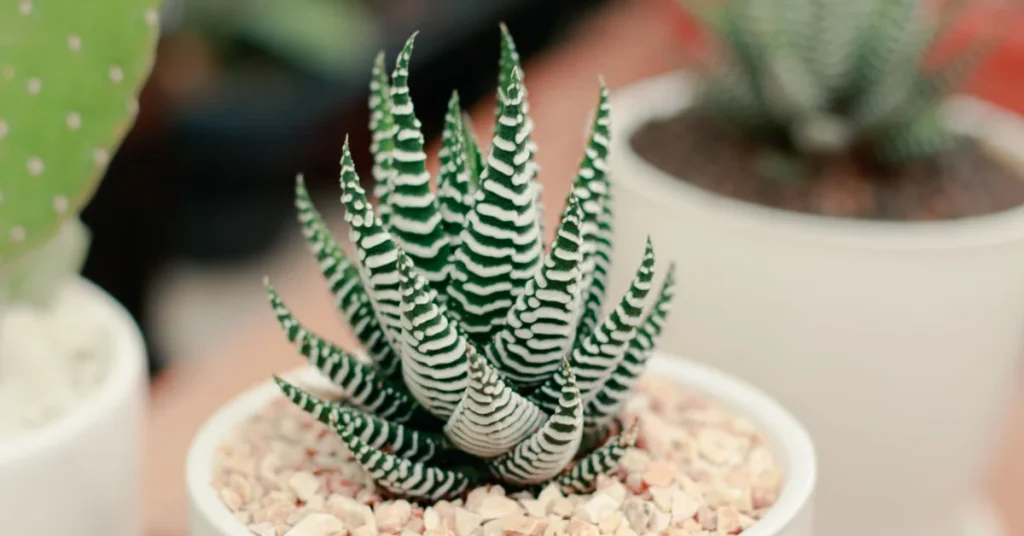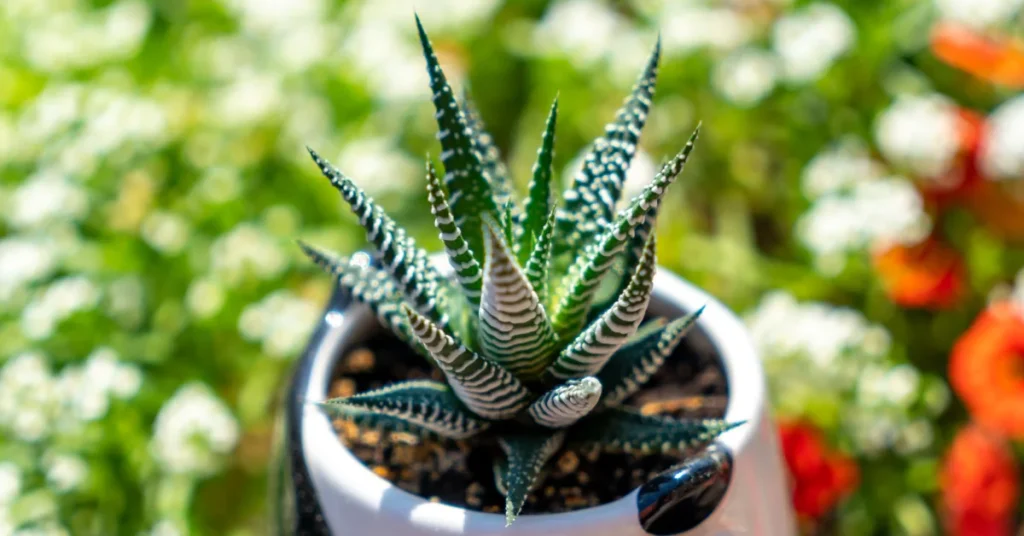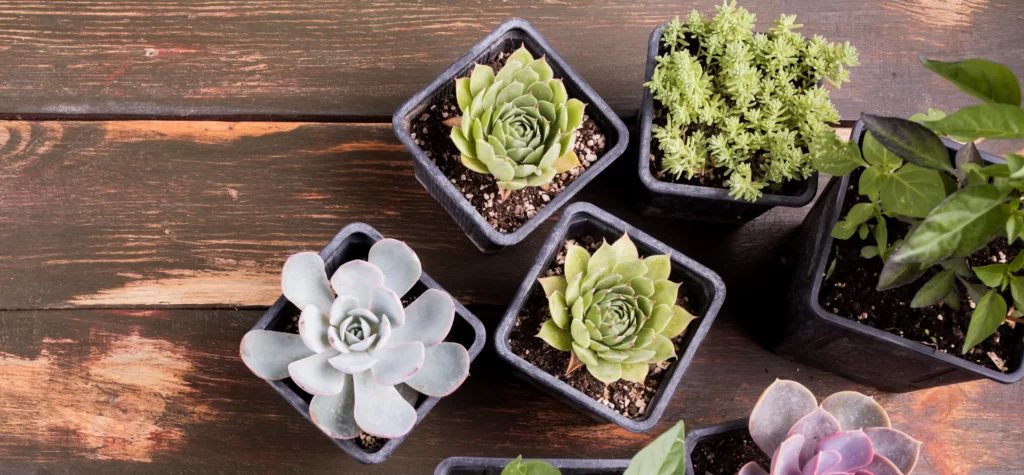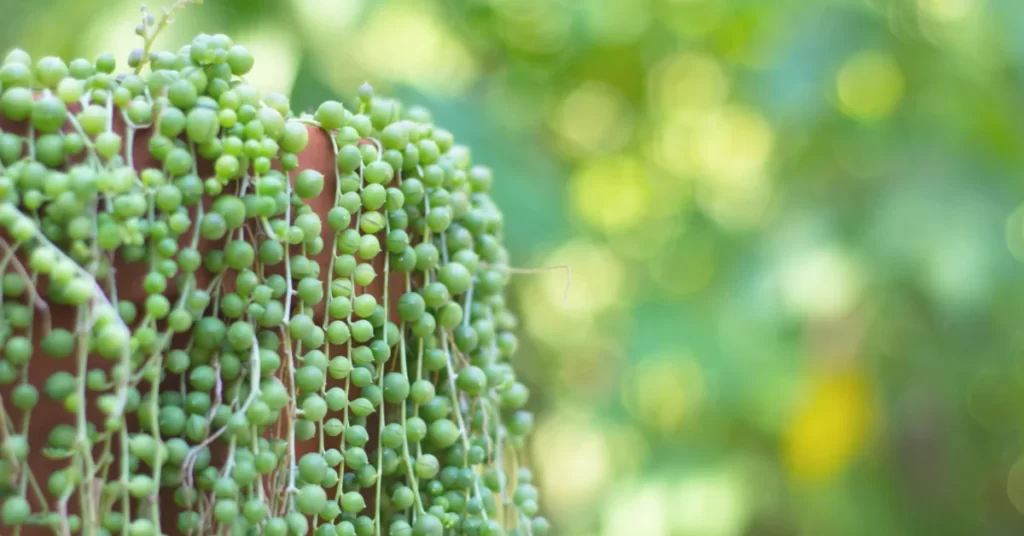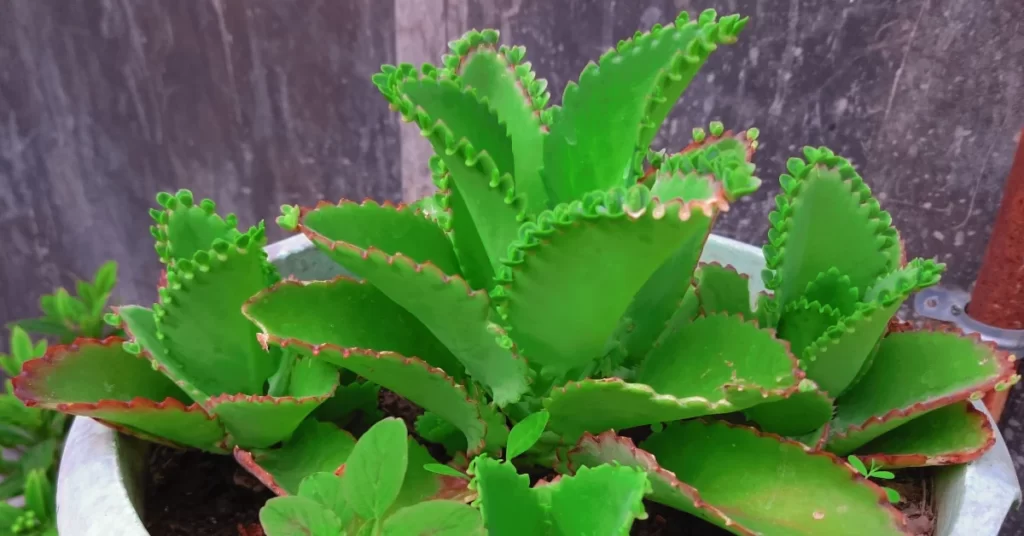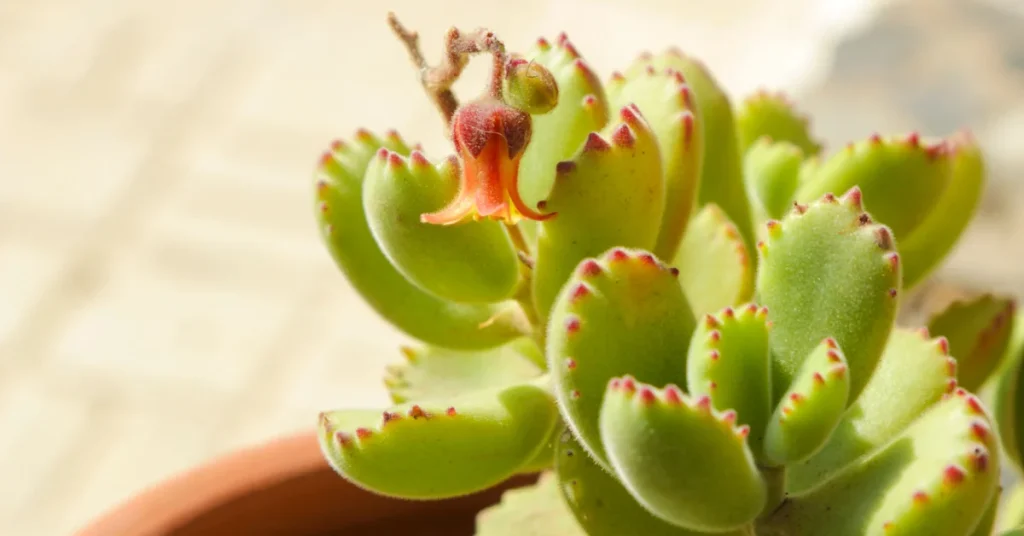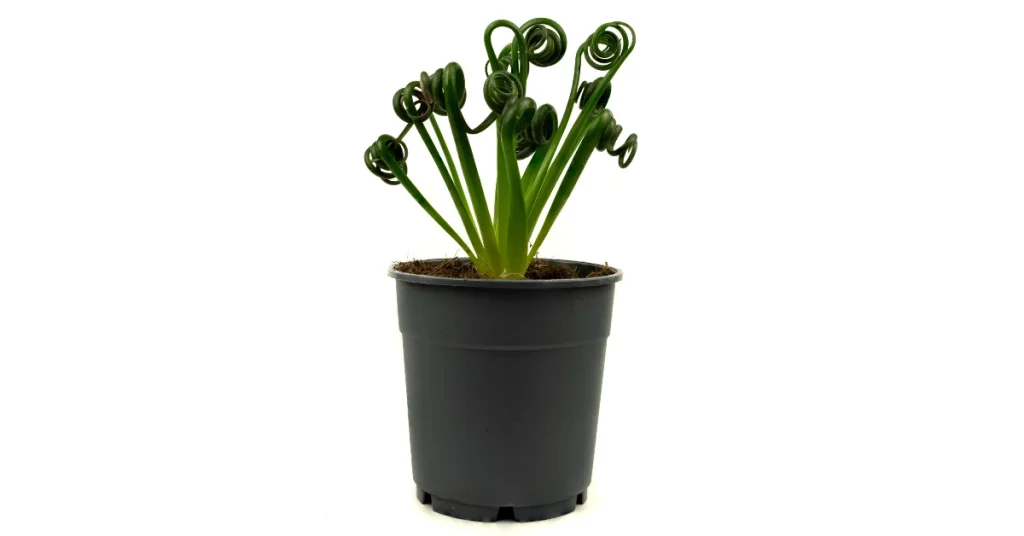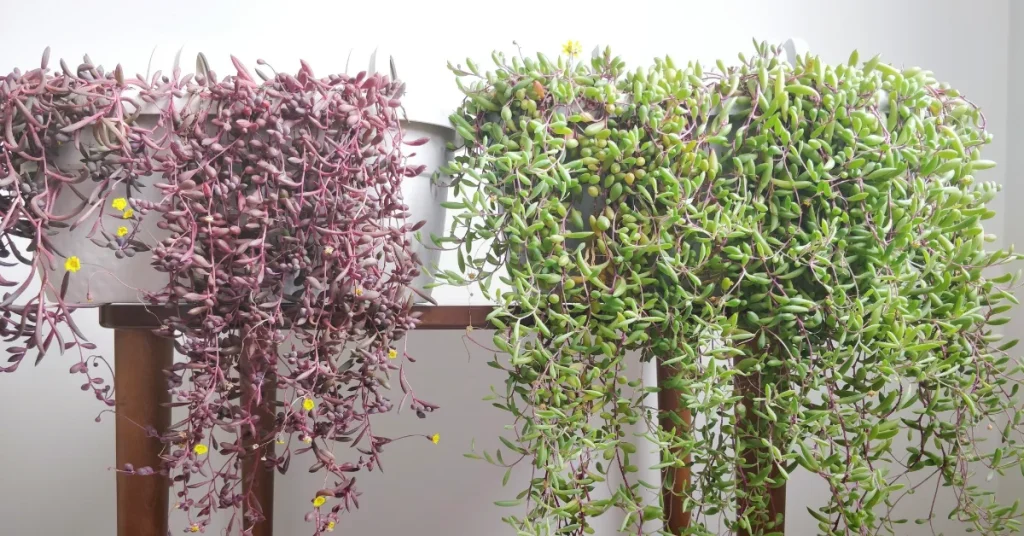Introduction
In the ever-evolving landscape of interior decoration, the essence of nature is becoming increasingly prominent. Homeowners and decorators alike are seeking elements that not only beautify but also connect them with the natural world. In this quest for natural aesthetics, Haworthia Succulents have emerged as the ideal choice. These gorgeous succulents, which are native to Southern Africa, are frequently called “zebra plants” because to their vividly striped leaves. They have made it into residences all across the world. This thorough guide will give you a tour of the world of Haworthia while examining their various kinds, vital maintenance advice, and creative ways to incorporate them into your home’s design.
Understanding Haworthia Succulents
1. What Are Haworthia Succulents?
Haworthia Succulents, scientifically classified as members of the Asphodelaceae family, are renowned for their unique appearance. The Zebra Haworthia, the most popular type, gets its name from the white stripes that mimic the patterning on a zebra. These plants are a small variety of rosette-forming succulents, and they have both attractive aesthetic qualities and low maintenance requirements.
2. Haworthia Succulent Types
Within the world of Haworthia exists a diverse array of types, each with its distinct characteristics. From the classic Zebra Haworthia to rare hybrids like the Haworthia Cooperi, enthusiasts can explore a plethora of options. Understanding the individual traits of these types allows for informed choices when it comes to interior decor.
3. Haworthia Succulent Care
The allure of Haworthia Succulents extends beyond their appearance; their ease of care makes them popular among plant enthusiasts. Proper care, including sunlight, watering, and soil conditions, is essential to keep these succulents thriving. Balancing their specific needs ensures their longevity and vitality, transforming your living space into a green haven.
4. Haworthia Succulent Flower
While Haworthia are predominantly appreciated for their foliage, they do produce delicate flowers under the right conditions. Understanding the flowering patterns not only adds depth to your decor but also showcases the natural life cycle of these remarkable plants.
Incorporating Haworthia Succulents in Home Decor
1. Zebra Haworthia Succulent: A Striking Centerpiece
The Zebra Haworthia, with its bold stripes, serves as an exquisite centerpiece in any setting. Placing it in decorative pots or terrariums enhances its visual appeal, making it a focal point of conversation. Its adaptability to various containers makes it a versatile choice for both small apartments and spacious homes.
2. Haworthia Succulent Propagation
For enthusiasts looking to expand their collection or share the beauty of Haworthia, propagation is a valuable skill. This section explores techniques such as offsets and leaf cuttings, providing practical insights for those keen on nurturing new plants. Propagation not only offers a sense of fulfillment but also promotes sustainable gardening practices.
3. Haworthia Succulent Turning Brown: Causes and Remedies
The transition of Haworthia Succulents’ leaves from vibrant green to brown can be disheartening. This section delves into the common causes behind this phenomenon, ranging from overwatering to inadequate light. Moreover, it provides effective remedies to restore the plant to its former glory, ensuring that your decor remains perpetually captivating.
4. Haworthia Succulent: Safe for Pets?
In homes where pets are cherished family members, the safety of indoor plants is paramount. This segment addresses concerns regarding the toxicity of Haworthia Succulents to cats and other pets. By understanding their pet-friendliness, pet owners can confidently introduce these plants, knowing they pose no harm to their furry companions.
Frequently Asked Questions (FAQs)
Q1: Can I grow different types of Haworthia Succulents together?
Yes, mixing different Haworthia Succulent types in the same container can create a visually stunning arrangement. However, it is essential to consider their individual care requirements to ensure they thrive harmoniously.
Q2: How often should I water my Haworthia Succulents?
Haworthia Succulents thrive in well-draining soil and prefer infrequent watering. Wait until the soil is completely dry before watering, typically every 2-3 weeks. Overwatering can lead to root rot, so moderation is key.
Q3: Are Haworthia Succulents suitable for low-light conditions?
Yes, many varieties of Haworthia Succulents can tolerate low-light environments, making them ideal choices for indoor spaces with limited sunlight. However, they still require some indirect light to maintain their health and vibrancy.
Q4: What is the best soil mix for Haworthia Succulents?
A well-draining succulent or cactus potting mix is ideal for Haworthia Succulents. You can enhance the mix with perlite or sand to improve drainage further. Adequate drainage ensures the roots do not sit in water, preventing root rot.
Q5: Where can I purchase quality Haworthia Succulents?
Quality Haworthia Succulents can be acquired from local nurseries, online plant shops, or specialty succulent stores. It is crucial to buy from reputable sources to ensure the health and authenticity of your plants.
